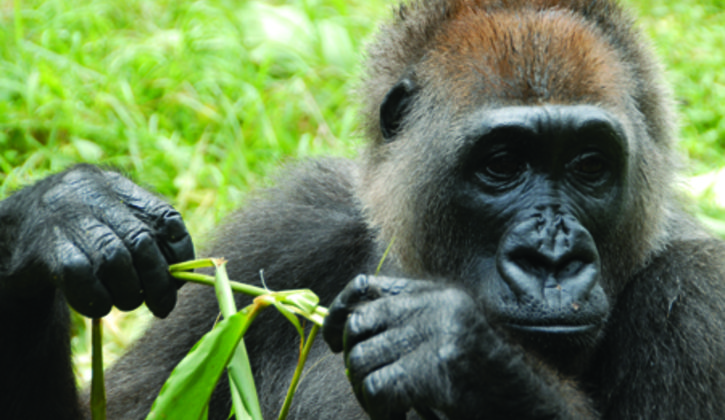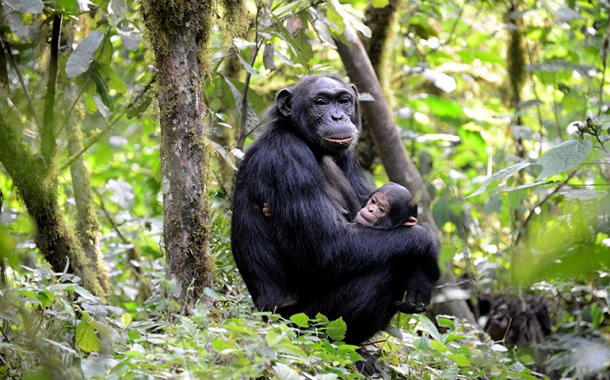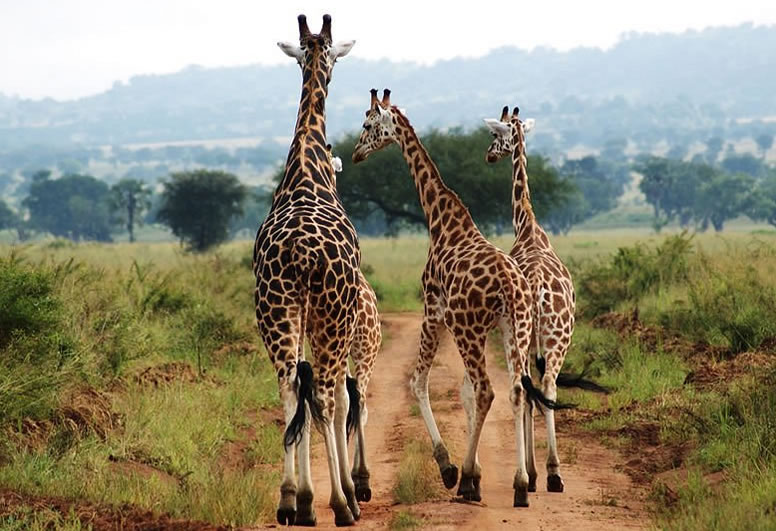Buranga Hot Springs
March 25, 2019Mountain Gorilla Habituation Shrink as their numbers Increase
April 30, 2019Besides mountain gorillas and the eastern lowland gorillas, Africa is also a home to the cross river gorillas. This category comes with a rare appearance though not very distinct from the rest of the subspecies. They have robust and powerful bodies with a bit of elongated head and a pronounced brow ridge.
Their skulls on the other hand are shorter than those of the western lowland gorillas scientifically called gorilla gorilla gorilla while their mouths are not very big compared to other subspecies. The teeth, hand and feet are shorter than the western lowland gorillas with broad nose, wide nasal passages, fingers, opposable thumbs. The skeleton of these creatures is sturdy with straighter vertebrae compared to those of humans.

Males are taller and heavier than the females and in average; they are 1.65-1.75 meters high and have the weight ranging from 140 to 200 kilograms. Females can even stretch up to 1.40 meters and weigh 100 kilograms. However, all of them feature a dark fur over their bodies apart from the face, hands, feet and ears. The cross river gorillas are a subspecies of the western gorillas and today, about 200 to 300 of them still thrive on earth and this makes them a few most endangered apes in Africa.
They thrive mainly in the mountainous areas around Nigeria and Cameroon just at the top of the Cross River where they derived their name. They range within 3000 square miles approximately twice the size of Rhode Island. This means they are mainly inhabited around the most north and western areas. In Nigeria, you can find them at Afi Mountains, the Cross River National Park and in Cameroon in the Mbe Mountains, Takamanda National Park. Like most primates, the cross river gorillas thrive within the mountainous rain-forest and bamboo forest at elevation of about 1500-3500 meters.
Like other apes, the cross river gorillas are also threatened by a number of factors that include among others poaching as they are hunted severely, habitat loss due to deforestation, human infectious diseases and others. These types of Great Apes belong to family hominidae and order primates.
This subspecies of gorillas are largely herbivores and their diet is dependent on leaves, herbs, vines, tree bark and fruits. They enjoy fruits a lot although these are not available throughout and mostly from August to September and then from November to January. Their intestines are very long and can digest plants perhaps a reason why they have large and rounded abdomen and even bigger than the chest. Besides, they also depend on termites, caterpillars.
The cross river gorillas live in families of 2 to 20 members with silverback being the leader of the group. They construct nests on tree branches for them to rest for the night. In the wet season, they construct nests on top of tree branches and during the dry spell they can make nests even on the ground. Much of their time is spent while eating as way to maintain their sizes and strength and they also groom each other.
In terms of reproduction, the cross river gorillas have a gestation period of about 9 months and females can breastfeed and take care of the infants.



